Are you looking to maximize the performance of your solar energy system? Consider using solar trackers. Solar trackers are designed to adjust the position of your photovoltaic panels so they always face the sun directly. This means more sunlight, and in turn, more electricity generated from your solar setup. In this article, we’ll dive deeper into how solar tracking systems work and why they can be a game-changer for your renewable energy production. Explore our solar PV installation course to gain a comprehensive understanding of this innovative technology. A solar tracking system, also known as a sun tracker, is an advanced mechanism that continuously adjusts the orientation of solar panels to follow the sun's movement. To understand its function, it’s helpful to first compare it with a fixed solar panel system. Fixed solar panels remain in one position throughout the day, which means their efficiency decreases as the angle of sunlight changes. This is called the angle of incidence, which significantly affects how much solar energy is converted into electricity. By contrast, solar trackers keep panels perpendicular to the sun, maximizing the amount of solar radiation they receive. This leads to higher energy output and better overall system performance. These systems are commonly used in large-scale solar farms, ground-mounted installations, and even in solar tree designs where space allows for optimal positioning. The core components of a solar tracking system include PLC controllers, sensors, motion control modules, and actuators. These parts work together to detect sunlight direction and adjust the panels accordingly. Alongside the tracking equipment, the system also includes standard solar components like inverters, mounting structures, and photovoltaic cells. When strong sunlight hits the panels, the sensors send signals to the PLC, which then activates the motor to rotate the panels toward the sun. This continuous adjustment ensures maximum energy capture throughout the day. To learn more about how solar energy works, check out our guide on how solar photovoltaics work. Are solar trackers worth the investment? Here are some key advantages: Solar tracking systems are far more efficient than fixed arrays because they follow the sun's path. A single-axis tracker can boost energy output by up to 25–35%, while a dual-axis system can increase it by 30–45% compared to a fixed setup. While the initial cost of a solar tracking system may be high, long-term savings on energy bills—especially for commercial or industrial users—can make it a worthwhile investment. Solar tracking systems are built to last and are designed to withstand harsh weather conditions, ensuring reliable performance over many years. There are different types of solar trackers, each with its own unique mechanism for adjusting the position of solar panels. Here are the main categories: Passive solar trackers do not require any external power source. Instead, they rely on mechanical movement to adjust the panel’s position based on the sun’s heat. As one side warms, the panel tilts toward the sun, and when it cools, it returns to its original position. Active solar trackers use sensors and motors to actively track the sun’s position. They require an external power source to operate but offer greater accuracy and efficiency, especially in large-scale installations. Single-axis trackers move panels along one axis, typically east to west, following the sun’s daily path. They are cost-effective and ideal for flat, sunny locations. Dual-axis trackers move panels along two axes, allowing them to follow both the sun’s daily and seasonal movements. This makes them highly efficient but also more complex and expensive than single-axis systems. Before investing in a solar tracker, consider these important factors to ensure it’s the right choice for your needs: Cloudy weather can reduce the effectiveness of solar trackers, as there may not be enough direct sunlight for the system to optimize panel positioning. Solar trackers are best suited for areas with limited space and high energy demands. They are more common in commercial and utility-scale projects due to their higher costs. For maximum benefit, install solar trackers in regions with high solar exposure, such as those at higher latitudes. These areas receive consistent sunlight throughout the year. If you already know how to build a solar panel, learning about the reliability and maintenance of solar tracking systems will help you make the most of your investment. Choose a location with plenty of sunlight and minimal obstructions. Flat, open land is ideal for optimal performance. Each manufacturer may have specific instructions for installation. Always read and follow the guidelines carefully to ensure proper setup and electrical connections. Regularly inspect the system for wear and tear, and keep it clean to maintain efficiency. If any issues arise, contact a professional technician immediately to avoid further damage. Still have questions about solar trackers? Below are answers to some of the most common ones: Solar trackers are used to adjust the position of solar panels to maximize sunlight exposure and energy output. They ensure that panels are always facing the sun, which improves efficiency and power generation. Solar panels are static devices that convert sunlight into electricity. Solar trackers, on the other hand, are mechanisms that move the panels to follow the sun, increasing energy production. Learn more about the differences between photovoltaic panels vs solar panels here. Not always. Solar trackers are optional and often added as an extra feature to existing solar systems. They can be costly, so it’s important to evaluate whether the increased efficiency justifies the additional expense. Want to get more energy from your solar panels? Installing a solar tracker could be the solution. While they may come with higher upfront costs, the long-term benefits in terms of energy production and savings can make them a smart investment. Take our solar PV installation course to ensure your system is set up correctly and performs at its best. Staircase Sticker,Frosted Staircase Sticker,Anti Slip Staircase Sticker,Super Anti Slip Staircase Sticker Rongxin New Material (Jiangsu) Co., Ltd. , https://www.rongxinxcljs.comHow Do Solar Tracking Systems Work?
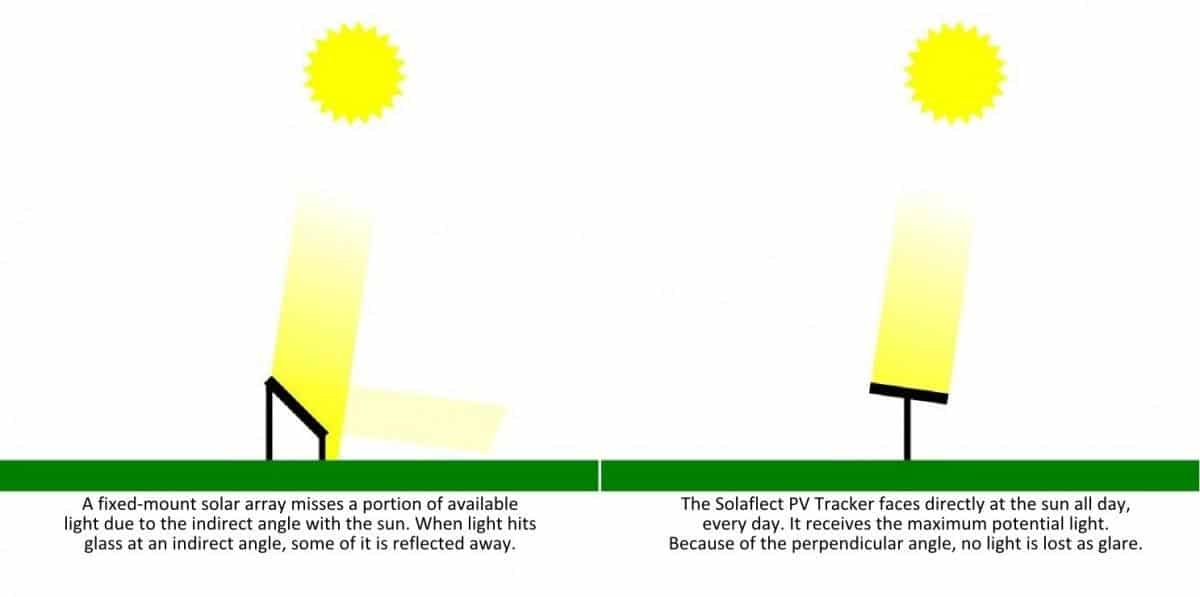
Benefits of Using Solar Trackers with Photovoltaic Panels
Enhanced Efficiency
Cost Savings Over Time
Longer System Lifespan
Types of Solar Trackers
Passive Solar Trackers

Active Solar Trackers
Single-Axis Trackers
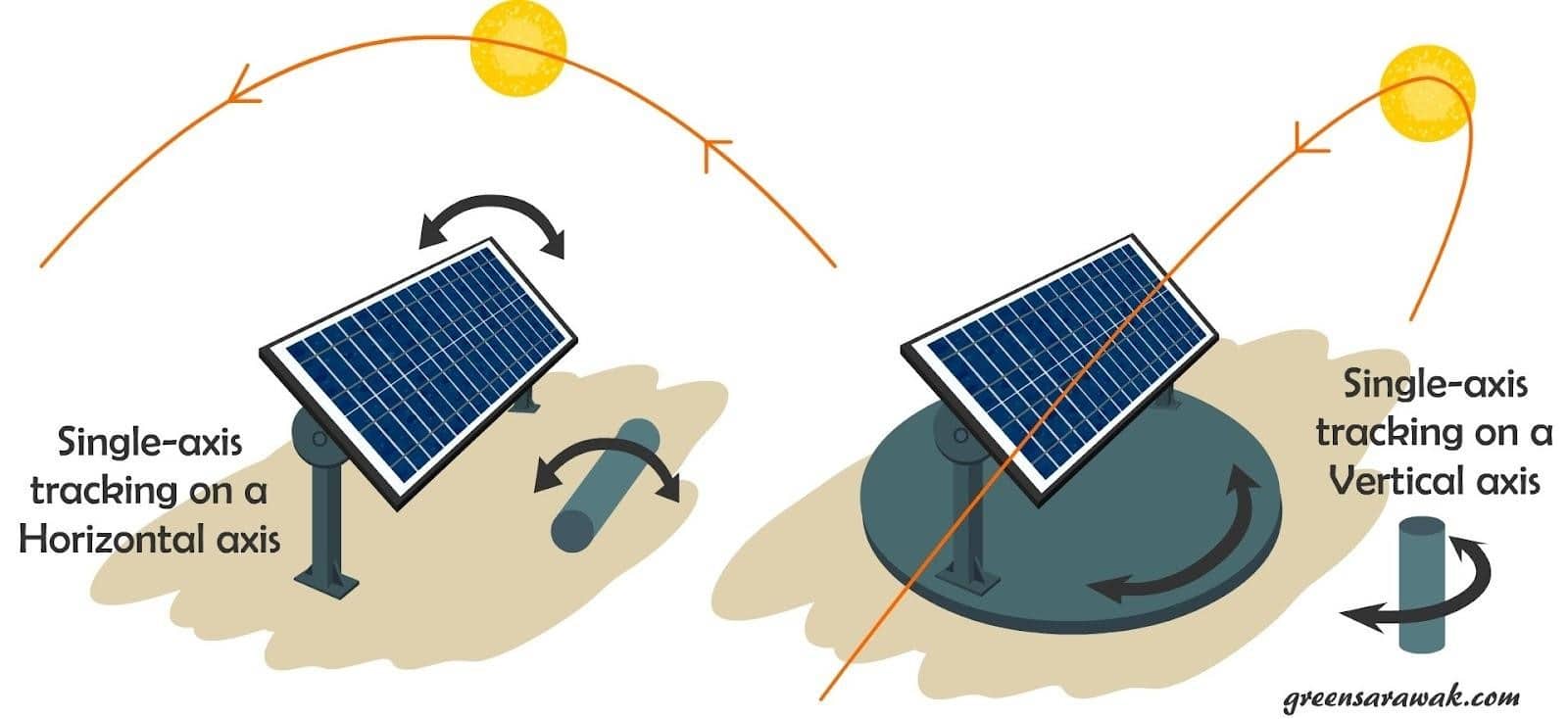
Dual-Axis Trackers
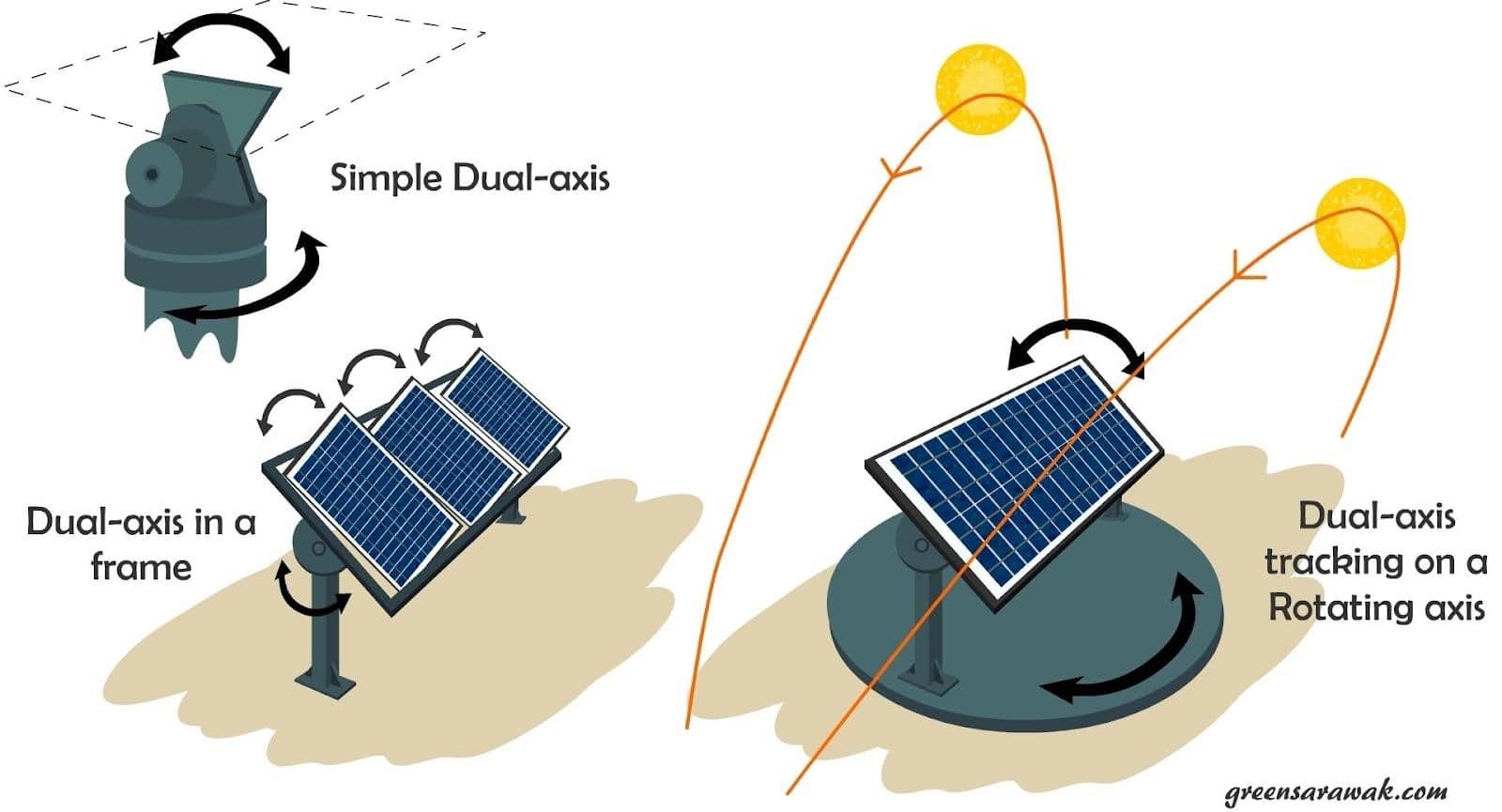
Key Factors to Consider When Choosing a Solar Tracker
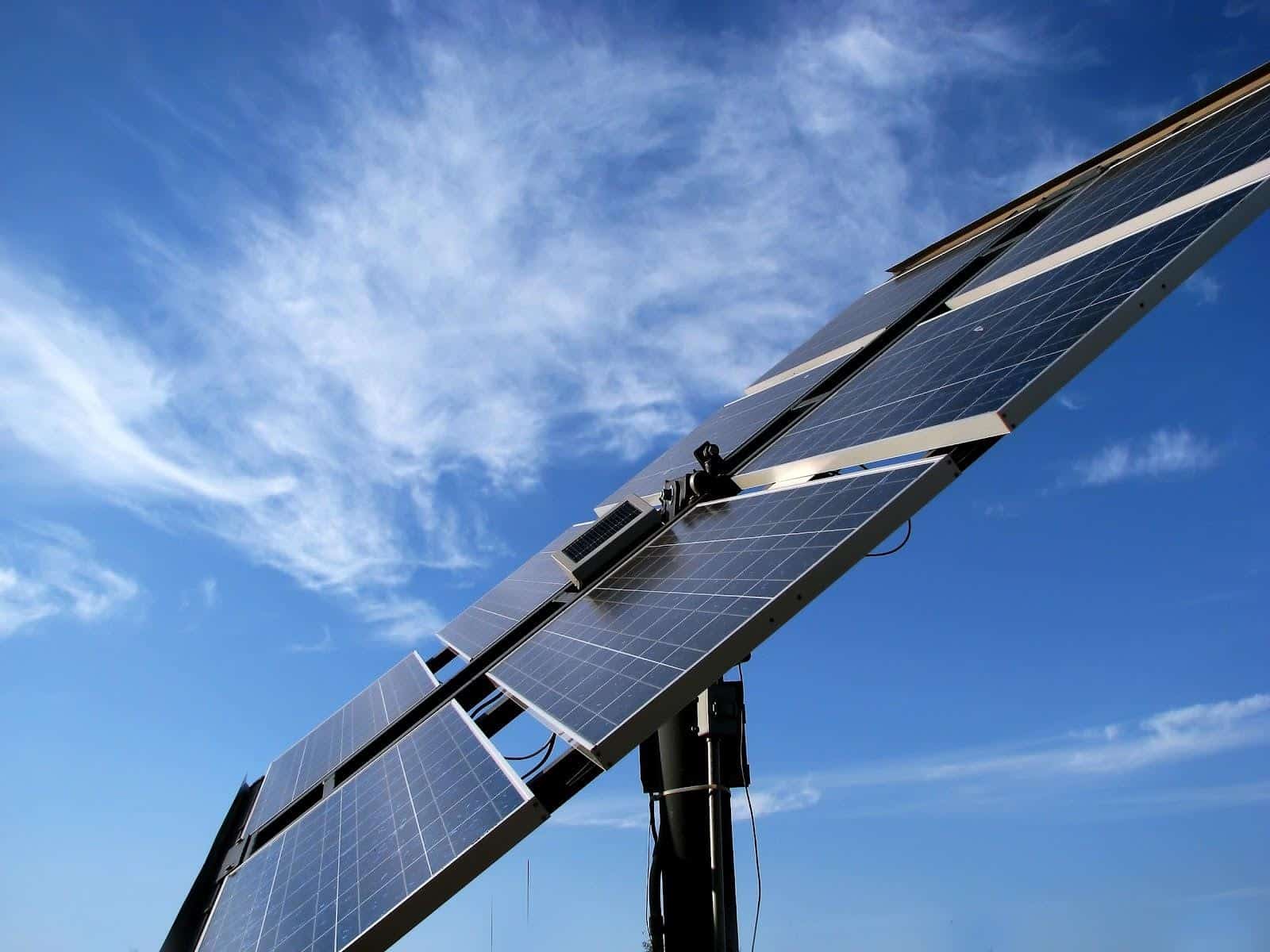
Climate Conditions
Site Location and Space
Solar Exposure
Installation and Maintenance of Solar Trackers
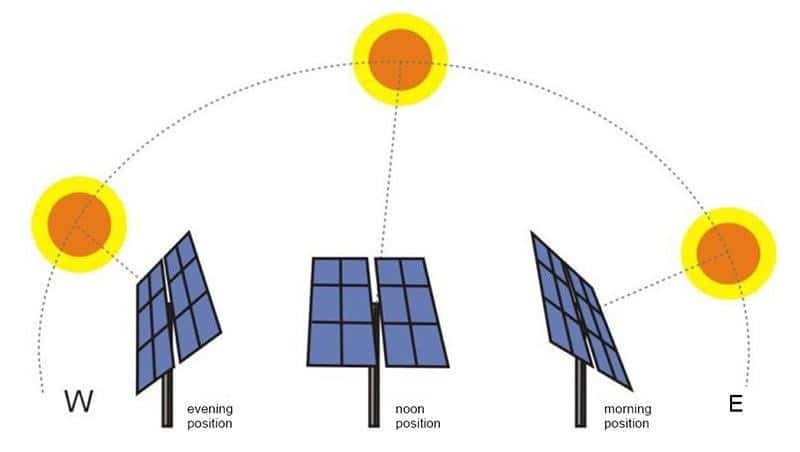
Site Preparation
Installation Process
Maintenance Tips
Frequently Asked Questions (FAQs)
What Is the Purpose of a Solar Tracker?
What’s the Difference Between Solar Panels and Solar Trackers?
Do Solar Panels Come With Trackers?
Conclusion
How Photovoltaic Panels Use Solar Trackers: All You Need to Know
Share the post
staircase sticker